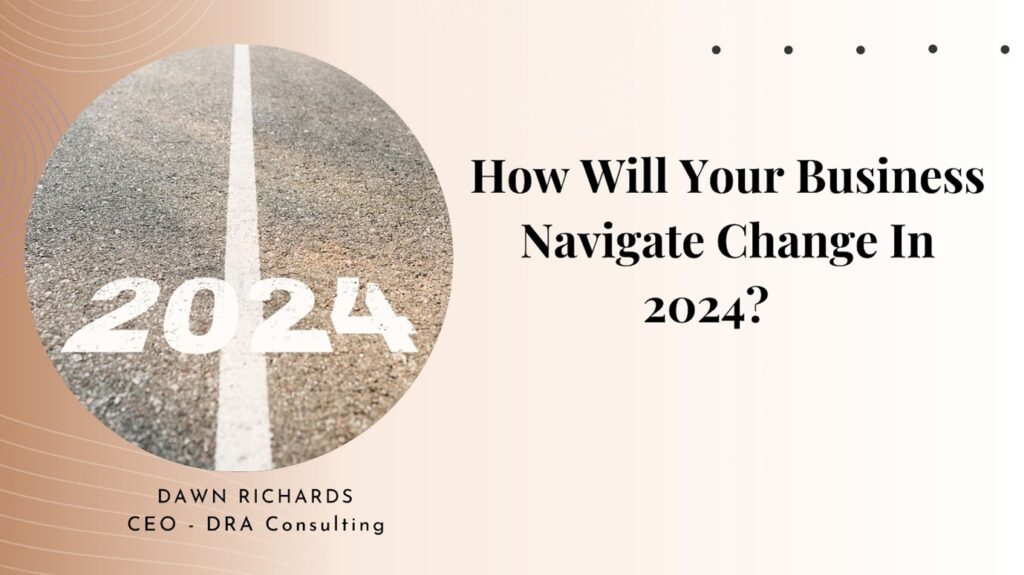I’m thinking about what some leaders would say if I asked them to tell me how their businesses respond to change. I suspect that the responses will range from, “we fire-fight our way through,” on one end of the scale, to, “we are in a perpetual state of embracing change,” on the other end. I suspect as well, that, “we plan as much as we can and try to navigate as best as we can,” may come up as a frequently-occurring response.
The outcomes would vary in accordance with the responses. For the fire-fighters, being in a constant state of overwhelm may be their outcome, the planners and navigators may be in a state of cautious optimism and misfiring, whilst the businesses that imbed change triggers into their operating infrastructures, may become change leaders in their respective sectors.
Whenever I’m chatting with a prospective client on a service, change or managerial transformation discovery call, I like to include questions about the change profile of the business. Gives me a clue about the level of cultural resistance that I might be facing.
While it is accepted widely that change is constant, what’s changing is the rapidity with which life and work have been evolving. It’s the velocity that’s creating altered states of equilibrium. For businesses that plan to thrive in 2024 and, for that matter, in the new era, “hope” is not a good strategy. A more bankable plot line would be to make change a constant companion to the business.
When a business makes “embracing change” a corporate value and activates this value by rolling out a strategy and activity schedule, the entire ethos of the business shifts. It becomes infused with a sense of its own empowerment that, in turn, produces a willingness to shape its own future, even when gaping holes of the unknown exist.
When a business makes “embracing change” a corporate value and activates this value by rolling out a strategy and activity schedule, the entire ethos of the business shifts.
Here’s the thing. When a business feels empowered by its ambitions, there’s a force of action that follows this wellspring of confidence. This force propels the business to design its processes, people actions and business machinery to lead change and not to be impaled by it.
The business becomes passionate about being in the eye of change, without feeling victimized by it. Fear of the unknown and fear of the future have no crippling effect, so that going forward, the business feels emboldened to own the narrative of its story.
A business can start its 2024 change journey by positioning change as a challenge to be embraced and not feared. This bullet proofs its mentality regarding the future. When strong communication messages are sent to staff that the business is undaunted by whatever the future may hold, hearts and minds become fortified.
When strong communication messages are sent to staff that the business is undaunted by whatever the future may hold, hearts and minds become fortified.
Changing the atmosphere within the business by shifting the energy of the brand will be helpful in stimulating internal excitement and prompt employees to begin to look forward to how the future will unfold.
When a business fortifies its people with tools and techniques for navigating change in both their personal and their professional lives, this becomes a gift that keeps on giving. As a transformation consultant, I can say with a huge measure of confidence, that when individuals possess constructive learnings that they can apply both inside and outside of work, the probability of building positive habits, surges. Change then becomes more navigable, wherever it happens to the employee.
Having a formalized strategy for managing change at a strategic business level is useful for creating a cohesive approach to managing the moving parts of the business that will be affected by the change. Communicating this strategy is even more mission critical to success. When employees know and understand upcoming changes and the plan for navigating those changes, the two horsemen, fear and resistance, become less terrifying. The cultural response to change becomes a bit more malleable.
Having a formalized strategy for managing change at a strategic business level is useful for creating a cohesive approach to managing the moving parts of the business that will be affected by the change.
There’s the change itself, then there’s the transition pathway, as the business and its employees move to the new state. Leaders have shared that understanding this duality of change, has helped them to lead change more effectively.
Understanding the psychology of change, helps with the design of the employee experience and the crafting of the transition program, so that fallout from the change is minimized as far as possible.
What will be even more telling, is the change-handling story that will emerge beyond the process.
As we prepare to welcome 2024, in the absence of a crystal ball, having a change management strategy may be a good insurance plan.
Understanding the psychology of change, helps with the design of the employee experience and the crafting of the transition program, so that fallout from the change is minimized as far as possible.

